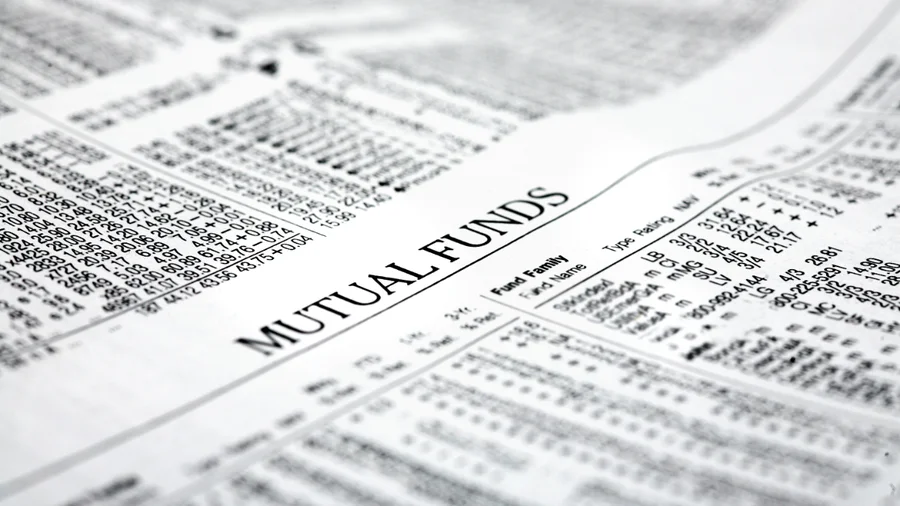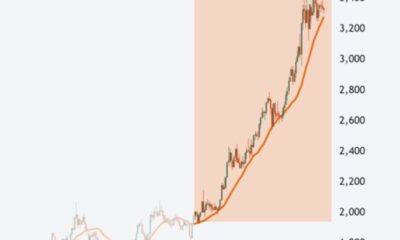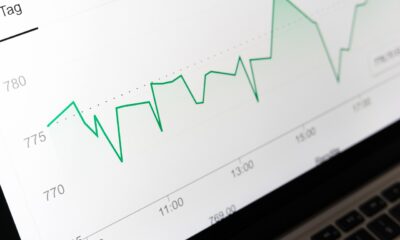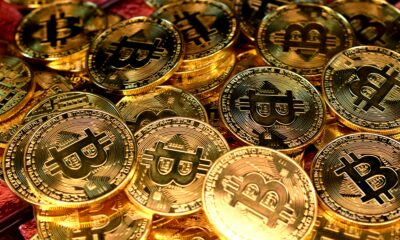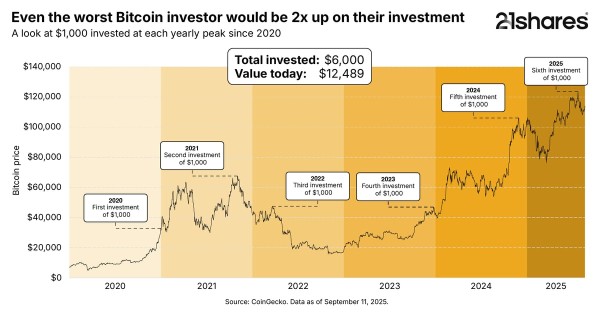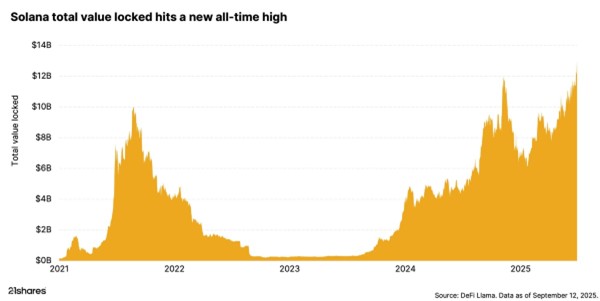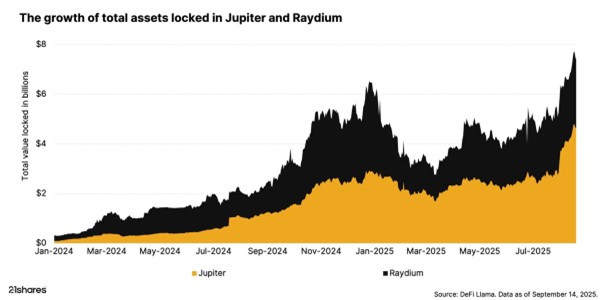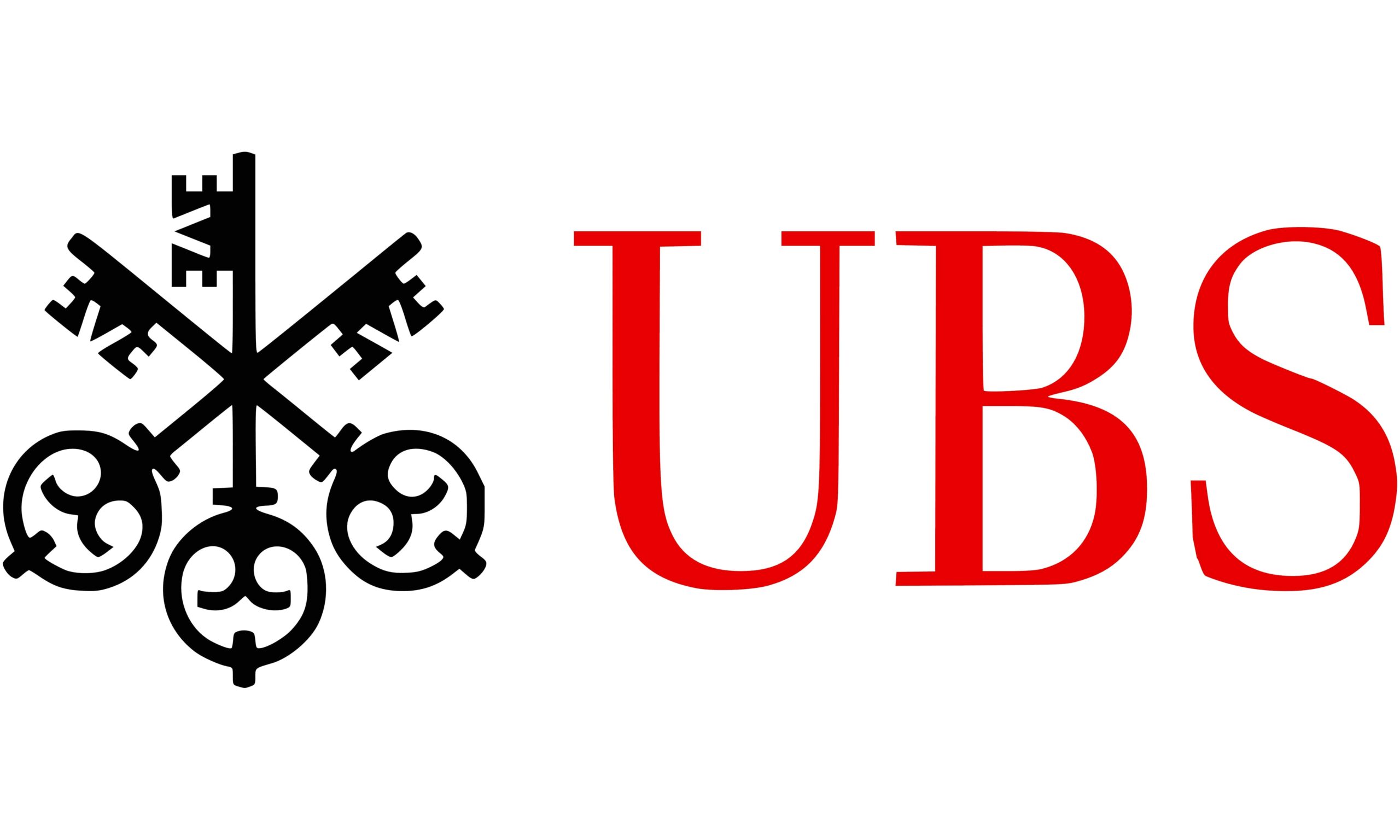Det finns styrkor, svagheter och strategier för bästa användning för både indexfonder och börshandlade fonder (ETF). De liknar på många sätt, men det finns också subtila skillnader mellan Indexfonder vs ETF:er. Att avgöra vilken som är rätt för dig beror på många faktorer och dina egna personliga preferenser, till exempel din tolerans för höga kostnadsförhållanden eller preferens för lagerorder.
Likheter: Varför använda indexeringsstrategin?
Både Indexfonder vs ETF:er faller under rubriken ”indexering”. Båda handlar om att investera i ett underliggande referensindex. Den främsta anledningen till indexering är att indexfonder och ETF:er ofta kan slå aktivt förvaltade fonder på lång sikt.
Till skillnad från aktivt förvaltade fonder är indexering beroende av vad investeringsbranschen kallar en passiv investeringsstrategi. Passiva investeringar är inte utformade för att överträffa marknaden eller ett visst jämförelseindex, och detta tar bort förvaltarrisken – risken eller oundviklig eventualitet att en kapitalförvaltare gör ett misstag och slutar förlora till ett riktmärkeindex.1
Varför aktivt förvaltade fonder ofta förlorar mot indexfonder
En toppresterande aktivt förvaltad fond kan göra det bra under de första åren. Det ger avkastning över genomsnittet, vilket lockar fler investerare. Då växer fondens tillgångar för stora för att förvaltas lika bra som de förvaltades tidigare och avkastningen börjar flytta från över genomsnittet till under genomsnittet.
När de flesta investerare upptäcker en toppresterande fond har de missat avkastningen över genomsnittet. Du får sällan de bästa avkastningarna eftersom du har investerat baserat främst på tidigare resultat.
Förvaltningskostnader
Passiva investeringar som indexfonder och ETF:er har extremt låga kostnadsnivåer jämfört med aktivt förvaltade fonder. Detta är ett annat hinder för den aktiva chefen att övervinna, och det är svårt att göra konsekvent över tiden.
Många indexfonder har en kostnadskvot under 0,20 procent, och ETF:er kan ha en lägre kostnadskvot, till exempel 0,10 procent. Aktivt förvaltade fonder har ofta en kostnadskvot över 1,00 procent.
En passiv fond kan ha 1,00 procent eller mer fördel jämfört med aktivt förvaltade fonder innan investeringsperioden börjar, och lägre kostnader innebär ofta högre avkastning över tiden.
Skillnader mellan indexfonder vs ETF:er
Lägre kostnadsnivåer kan ge en liten fördel i avkastningen jämfört med indexfonder för en investerare, åtminstone i teorin. ETF kan dock ha högre handelskostnader.
Låt oss säga att du har ett mäklarkonto. Du betalar en handelsavgift på cirka 39 kronor om du vill handla en ETF, medan en indexfond som spårar samma index kanske inte har någon transaktionsavgift eller provision.7
Men den primära skillnaden är att indexfonder är fonder och ETF:er handlas som aktier. Det pris som du kan köpa eller sälja en fond är egentligen inte ett pris – det är substansvärdet (NAV) för de underliggande värdepappren. Och du handlar med fondens NAV i slutet av handelsdagen.
Om aktiekurserna stiger eller sjunker under dagen har du ingen kontroll över tidpunkten för genomförandet av handeln. Du får vad du får i slutet av dagen, på gott och ont
Fördelar med ETF:er jämfört med indexfonder
ETF:er handlas under dagen, som aktier. Detta kan vara en fördel om du kan dra nytta av prisrörelser som inträffar under dagen.
Du kan köpa en ETF tidigt på dagen och fånga dess positiva rörelse om du tror att marknaden går högre och du vill dra nytta av den trenden. Marknaden kan gå högre eller lägre med så mycket som 1,00 procent eller mer på vissa dagar. Detta ger både risk och möjlighet, beroende på din noggrannhet i att förutsäga trenden.
Effekten av spreaden …
En del av den omsättningsbara aspekten av ETF:er är ”spread”, skillnaden mellan ett värdepappers köp- och säljkurs. Den största risken här är med ETF:er som inte handlas allmänt. Spreads kan vara bredare och inte gynnsamma för enskilda investerare.
… och ordrarna
En slutlig skillnad mellan ETF:er och deras aktie-liknande handelsaspekt är förmågan att placera aktieorder. Detta kan hjälpa till att övervinna några av de beteendemässiga och prissättningsriskerna med dagshandel.
En investerare kan välja ett pris till vilket en handel utförs med en limiterad order. Hon kan välja ett pris under det aktuella priset och förhindra en förlust under det valda priset med en stopporder. Investerare har inte denna typ av flexibel kontroll med fonder.
Ska du använda indexfonder, ETF eller båda?
Indexfonder vs ETF:er debatten behöver inte vara en antingen / eller fråga. Det kan vara smart att överväga båda.
Avgifter och utgifter är indexinvesterarens fiender, så den första övervägande när man väljer mellan de två är vanligtvis kostnadsförhållandet. Det kan också finnas vissa investeringstyper där en fond har en fördel framför en annan. En investerare som vill köpa ett index som speglar prisrörelsen på guld kommer sannolikt bäst att uppnå sitt mål genom att använda ETF som heter SPDR Gold Shares (GLD).
Slutligen, även om tidigare resultat inte är någon garanti för framtida resultat, kan historisk avkastning avslöja en indexfond eller ETF:ernas förmåga att noga följa det underliggande indexet och därmed ge en investerare större potentiell avkastning i framtiden.
Vanguard Total Bond Market Index Inv (VBMFX) har historiskt sett överträffat iShares Core Total US Bond Market Index ETF (AGG), även om VBMFX har en kostnadskvot på 0,15 procent och AGG:s är 0,05 procent och båda spårar samma index: Barclays aggregated obligation Index. AGG-prestanda har historiskt trätt längre än indexet än VBMFX.
Försiktiga ord av visdom: Jack Bogle på ETF:er
Jack Bogle, grundare av Vanguard Investments och pionjären för indexering, tvivlar på ETF, även om Vanguard har ett stort urval av dem. Bogle varnar för att ETF:ernas popularitet till stor del tillskrivs finansmarknadens marknadsföring. ETF:ernas popularitet är kanske inte direkt korrelerad med deras praktiska funktion.
Förmågan att handla ett index som aktier skapar också en frestelse att handla, vilket kan uppmuntra potentiellt skadliga investeringsbeteenden som dålig marknadstid och frekvent handel ökar kostnaderna.
Poängen
Att välja mellan indexfonder vs ETF är en fråga om att välja lämpligt verktyg för jobbet. En vanlig gammal hammare kan effektivt tillgodose ditt projekts behov, medan en häftpistol kan vara det bättre valet. De två verktygen är lika, men de har subtila men ändå signifikanta skillnader i applikation och användning.
En investerare kan klokt använda båda. Du kan välja att använda en indexfond som ett kärninnehav och lägga till ETF:er som investerar i sektorer som satellitinnehav för att öka mångfalden. Att använda investeringsverktyg för rätt ändamål kan skapa en synergistisk effekt där hela portföljen är större än summan av dess delar.

 Nyheter2 veckor sedan
Nyheter2 veckor sedan
 Nyheter3 veckor sedan
Nyheter3 veckor sedan
 Nyheter4 veckor sedan
Nyheter4 veckor sedan
 Nyheter4 veckor sedan
Nyheter4 veckor sedan
 Nyheter2 veckor sedan
Nyheter2 veckor sedan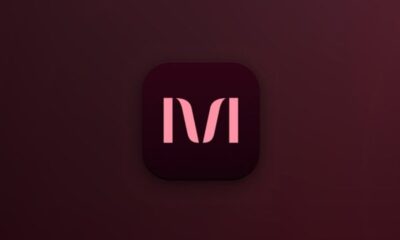
 Nyheter3 veckor sedan
Nyheter3 veckor sedan
 Nyheter2 veckor sedan
Nyheter2 veckor sedan
 Nyheter3 veckor sedan
Nyheter3 veckor sedan
